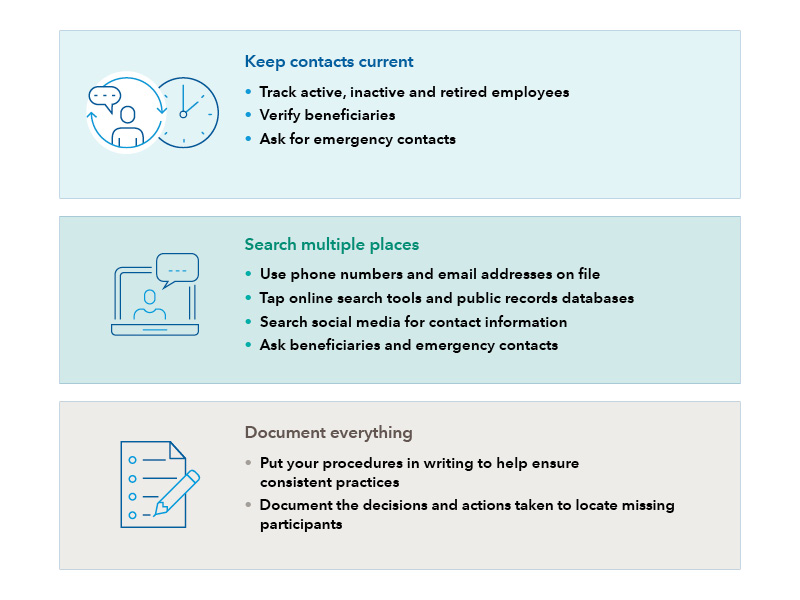Over the past decade, the problem of missing retirement plan participants — those with a balance in their former employer’s qualified retirement plan (e.g., 401(k) plans) but who have lost contact with the company — has steadily grown. As of May 2023, there are an estimated 29.2 million left behind or forgotten 401(k) accounts, with average balances of approximately $56,616.* And with a large rate of Americans leaving their jobs in the past few years, the number of such accounts has risen 20% from May 2021 to May 2023.† Yet, many plan sponsors still don’t fully understand the significance of this situation.
Rest assured, the Department of Labor (DOL) does. Their Employee Benefits Security Administration (EBSA) has stepped up audit investigations into plan sponsors who may not be doing all that they can to track down these lost participants and reconnect them with their money.
Financial professionals (FPs) have an outstanding opportunity to proactively reach out to their existing retirement plan clients and demonstrate value by shedding some light on the subject.



